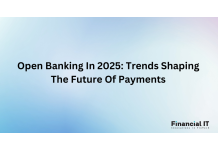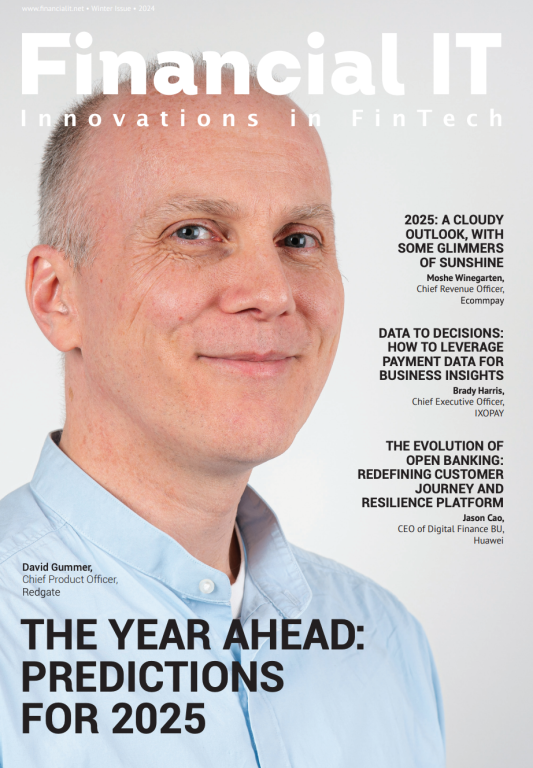Inside The Federated Ledger: The Blockchain Technology Driving Instant Payments

- Karen Morgan, Chief Marketing Officer at PayCommerce
- 22.09.2017 08:45 am Blockchain
At the beginning of the year, we made a bold announcement declaring 2017 as the year of instant payments. It was much more than a marketing tagline but rather a commitment to driving the payments industry forward. Why should payment participants settle for faster payments when the technology and systems exist for instant payments?
This was the central question on everyone’s mind and one that we were determined to answer. In January, we delivered the first live real-time cross-border payment between the U.S. and India using distributed-ledger technology. We’ve received a lot of congratulations on the milestone but also a lot of questions, most notably: How? Let’s answer those questions today by breaking down the process.
It’s important to note cross-border instant payments are impossible on any single system. To facilitate a payment in real-time there are three separate and distinct business processes which must happen in the proper sequence.
First, the payment needs a “good funds model” at the source. Second, security and compliance checks must be prearranged for the payment. Third, a preselected disbursement bank needs the capability to disburse the funds 24/7.
As we can see, those three business processes also require three distinct businesses: an originating bank, a payment processing engine and a disbursement bank. When we set out to execute real-time cross-border payments, we recognized the technology was in place but the business case had not yet been made. Both the originating and disbursement banks required verification of funds, regulatory compliance and auditability before a payment transaction could be completed. Within these various verification points was the opportunity to streamline inefficiency and shorten the time required to facilitate instant payments.
The Federated Ledger was built to accomplish these goals. The Federated Ledger is a hybrid, integrating both distributed and centralized ledgers which enable faster payments across networks via its messaging platform. By leveraging the foundation of blockchain, we can ensure the payment is secure, transparent and accommodates business rules in a heterogeneous network environment.
This is achieved through the creation of nodes on the ledger. Each customer receives a node and when payment information is received—either for disbursement or receiving—the information can be verified instantly against standing instructions. These nodes also allow for smart contracts. As funds are being moved between the nodes of the two payment counterparties, rules can be set up that automatically execute the transaction. For example, a payment disbursing agent may routinely route funds to a correspondent bank in India and set up a smart contract that transmits the payment instruction as soon as acknowledgment is received. Smart contracts can also be set up for FX, if certain conversion rates are met, the payment is sent, otherwise the initiating funds are sent back.
Perhaps most importantly for the Federated Ledger is the initiative within the payments industry to drive towards instant payments. As we can see, just because the technology exists to enable instant payments does not mean the established entities will be driven to change. That is why we are driving the industry toward cross-border, instant payments. Let’s use the technology we have to remove risk and ensure a better payments experience for everyone.


























